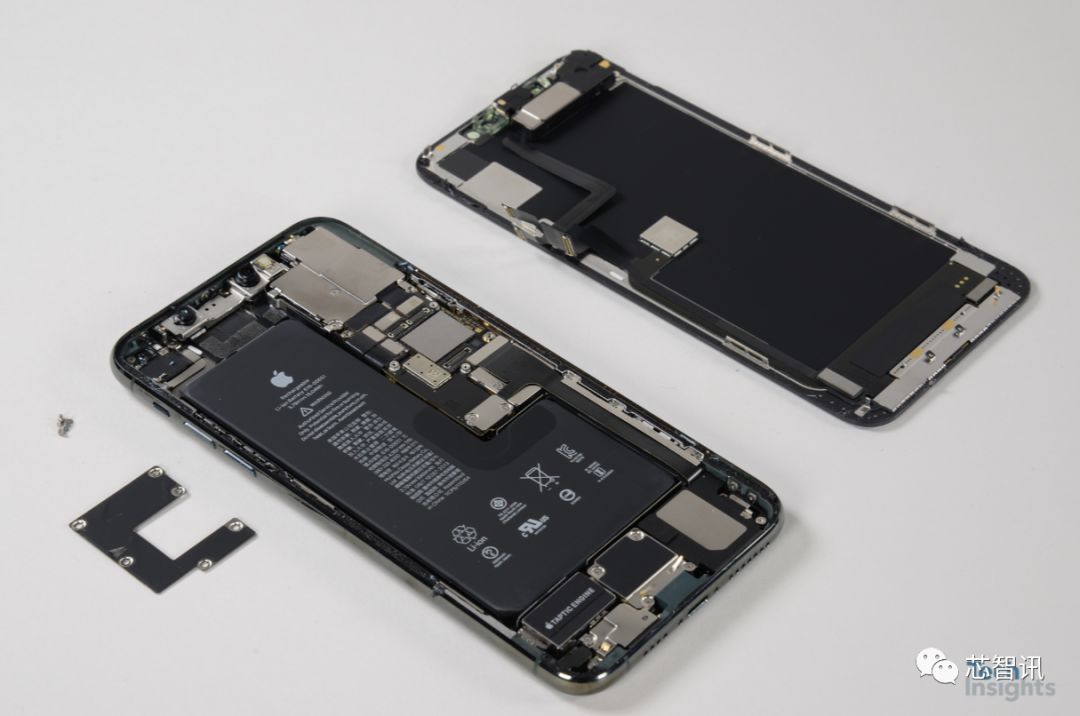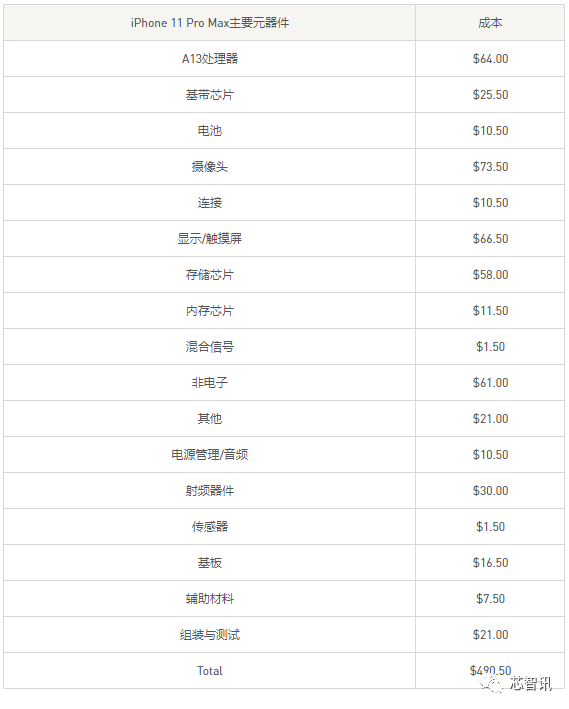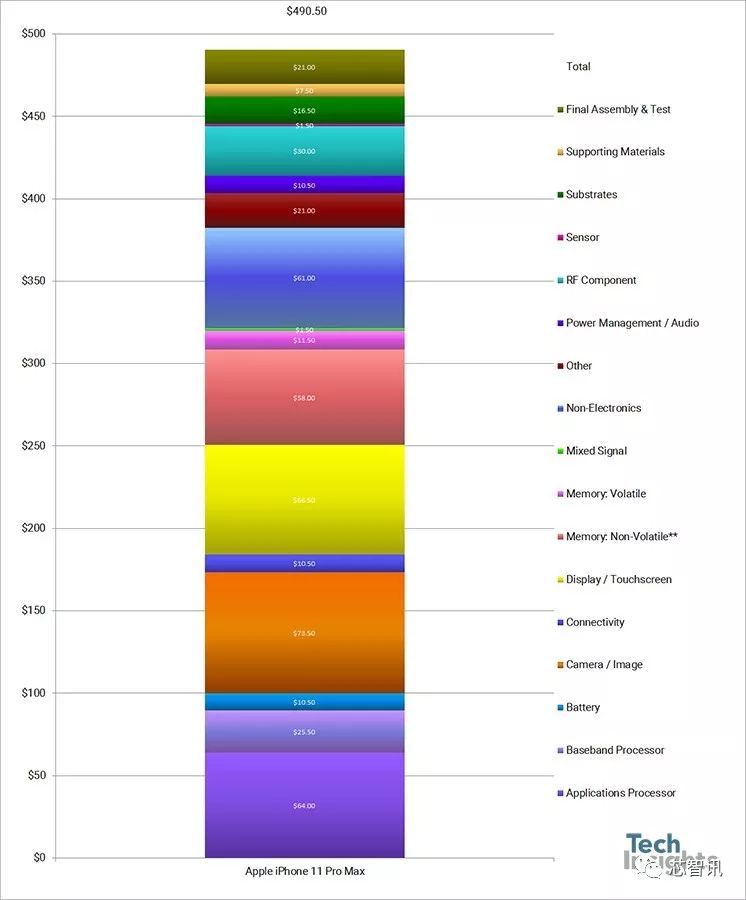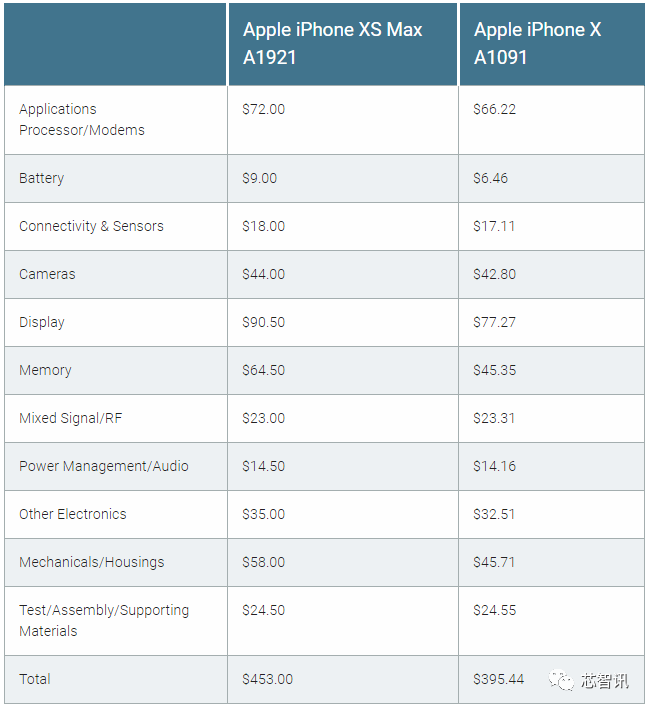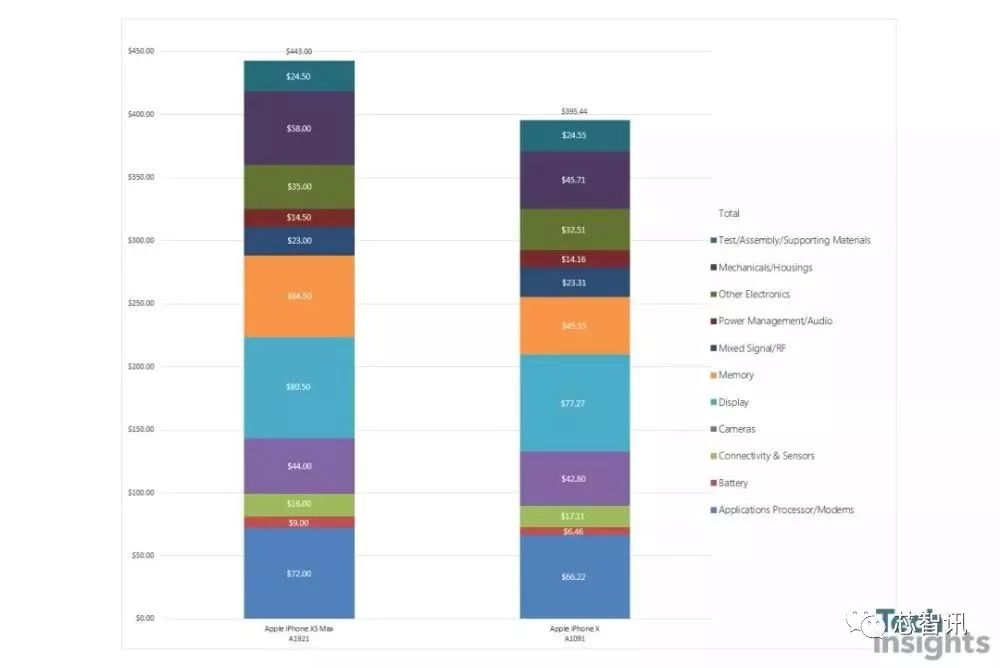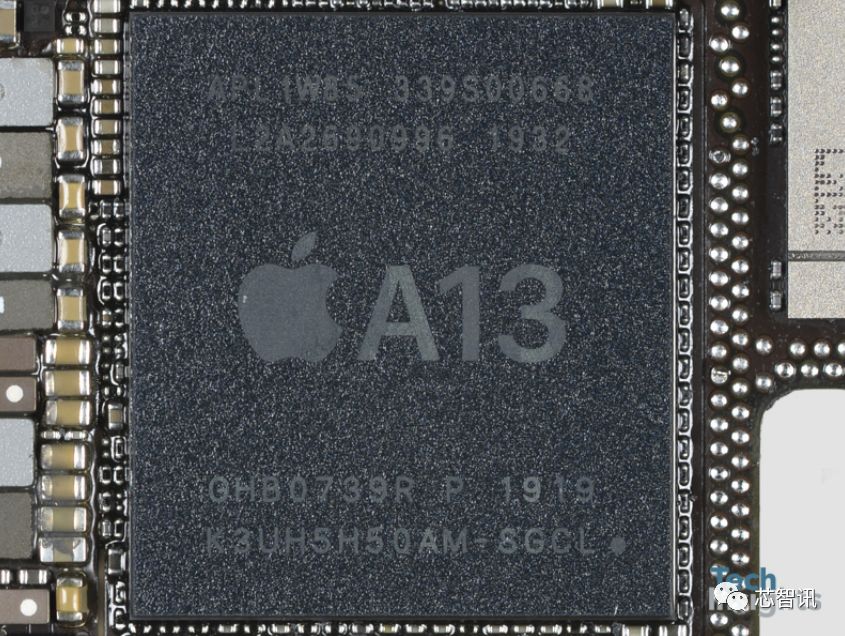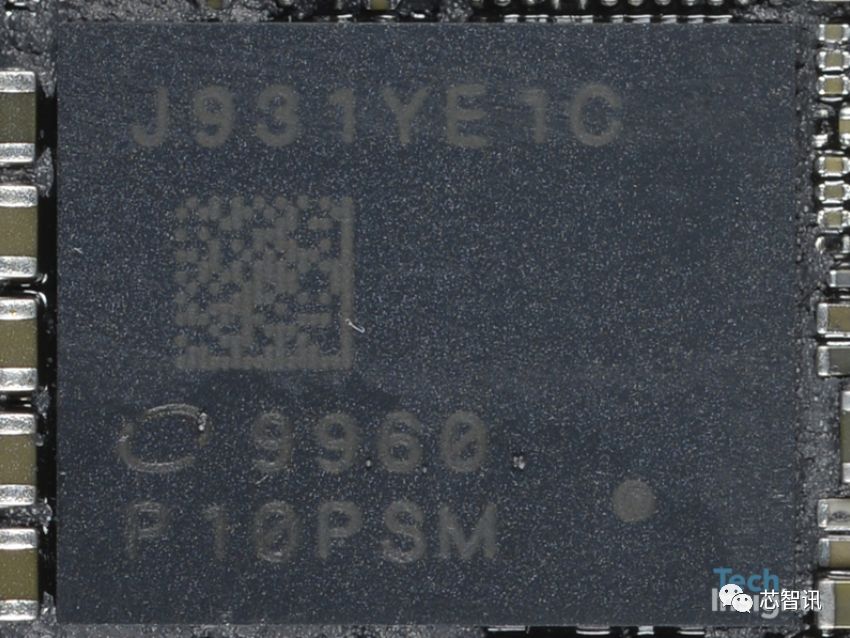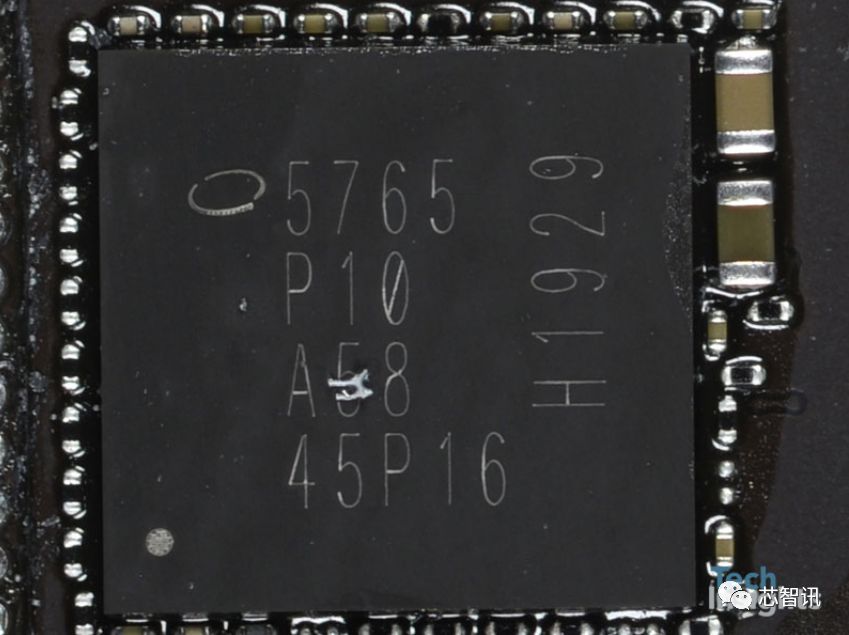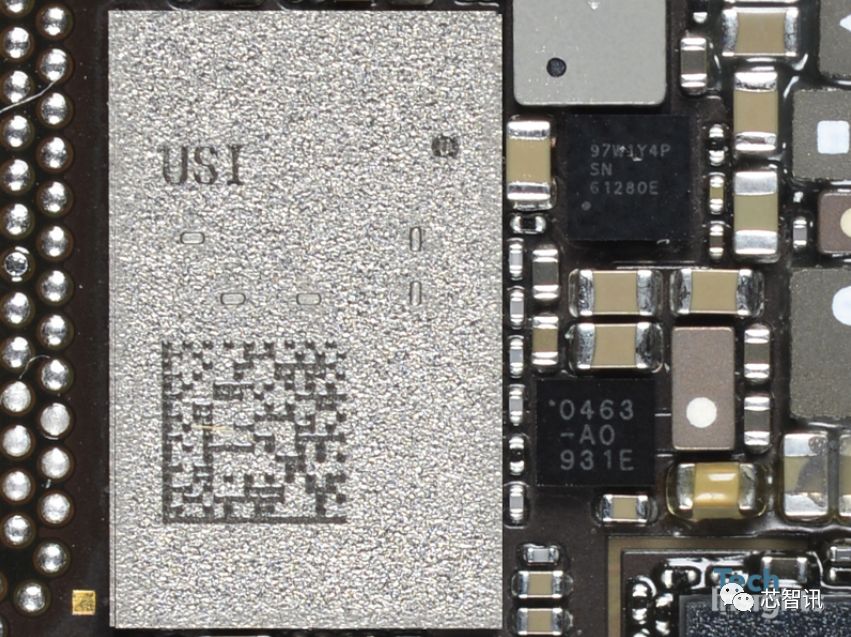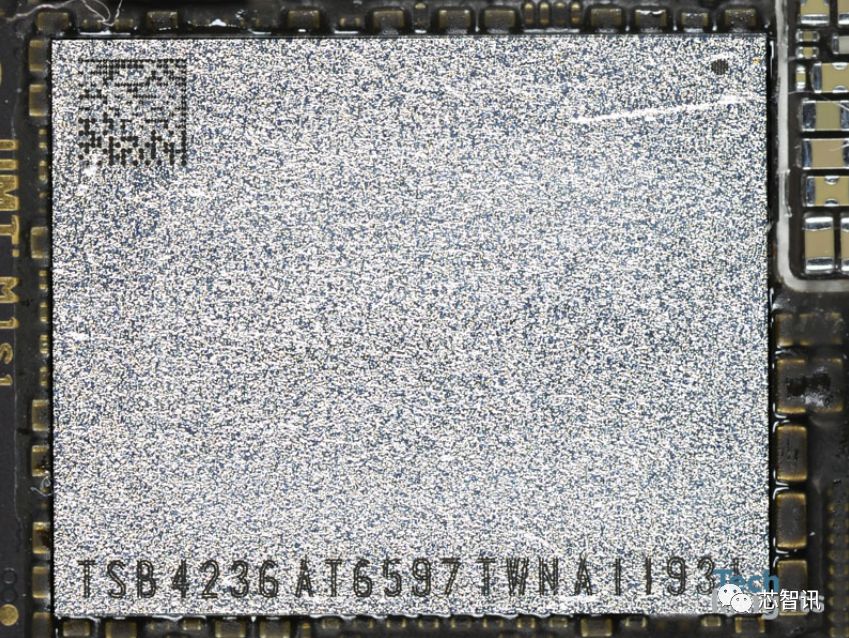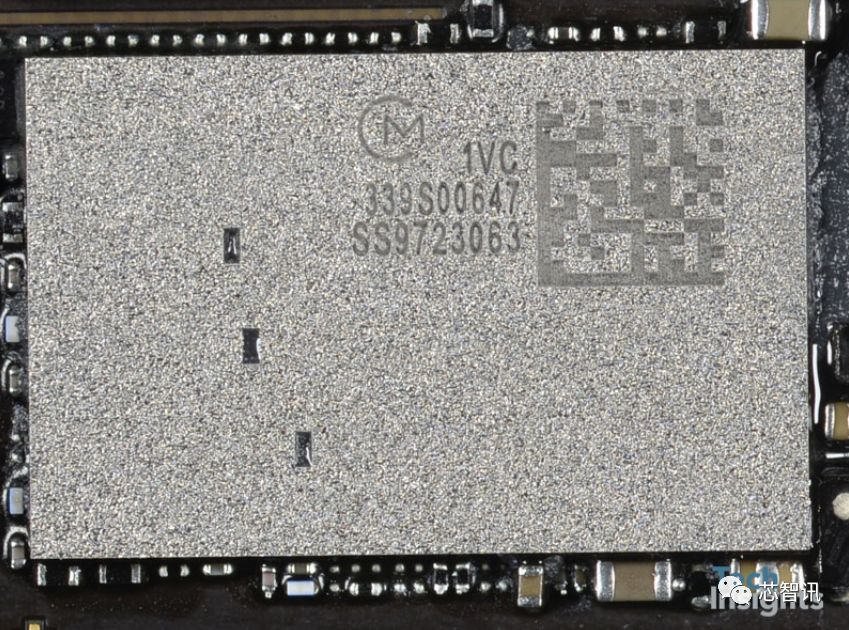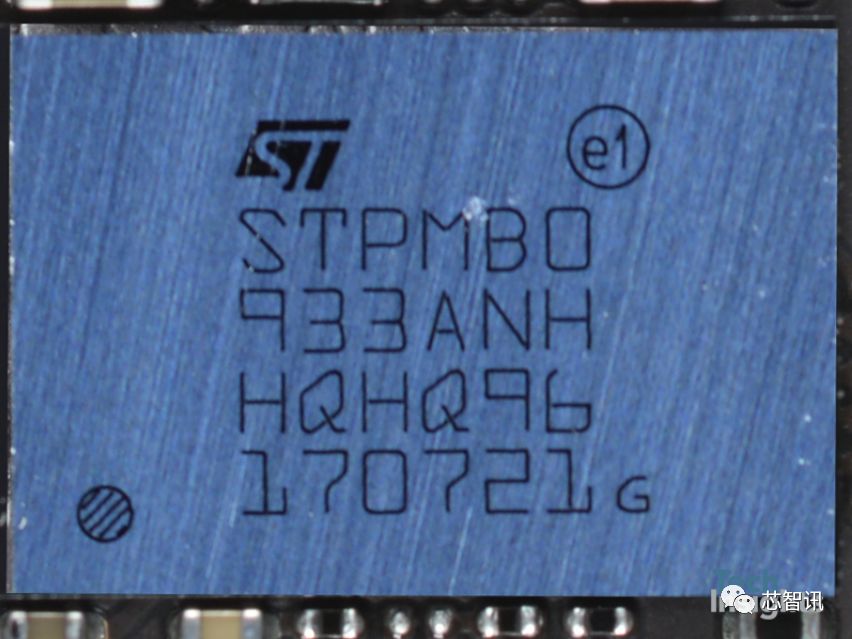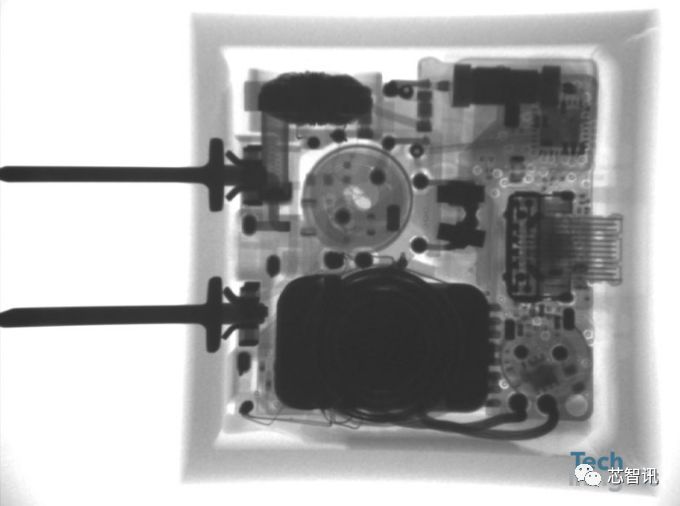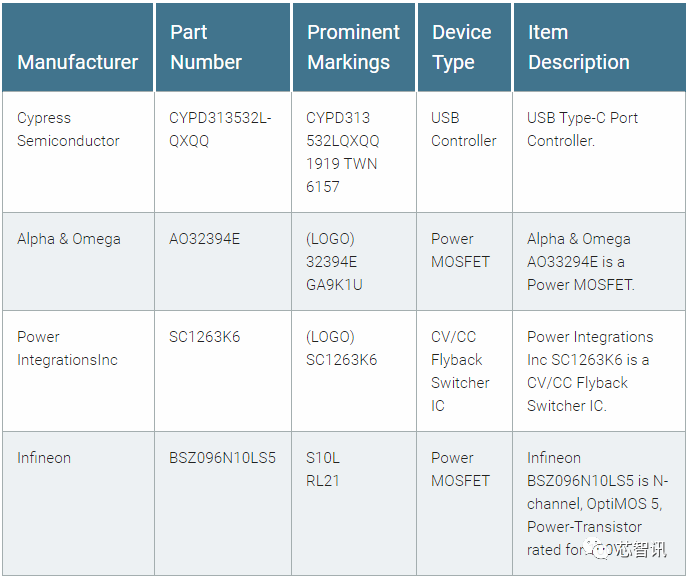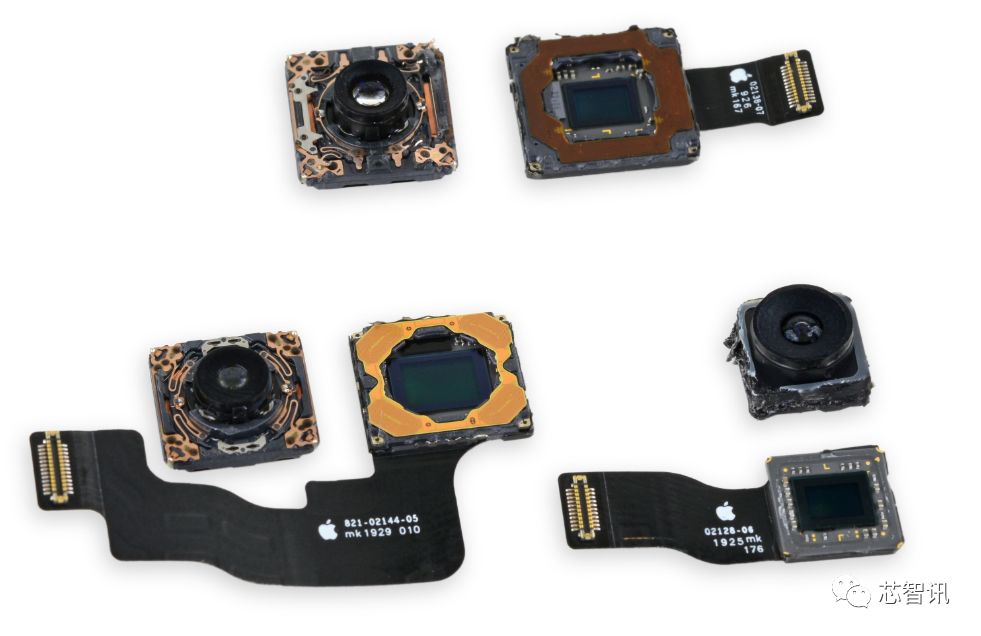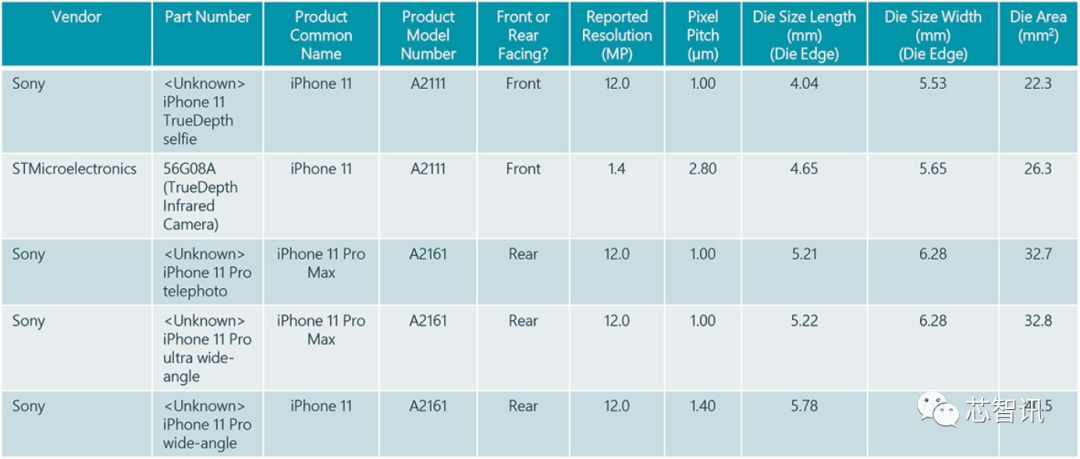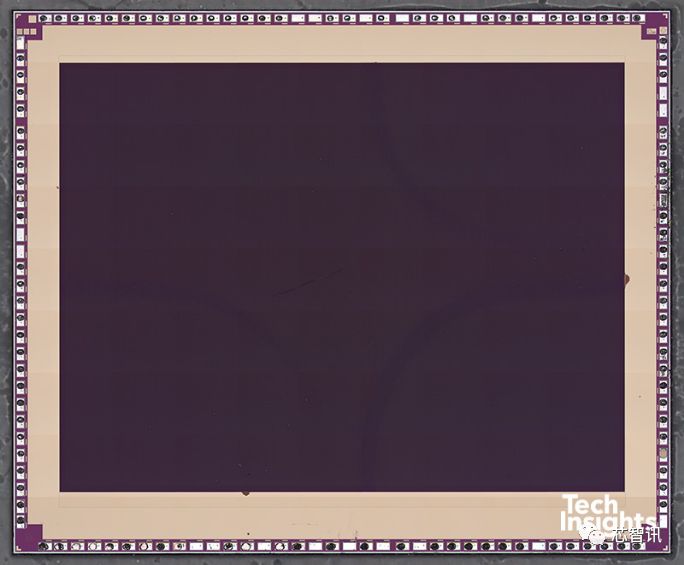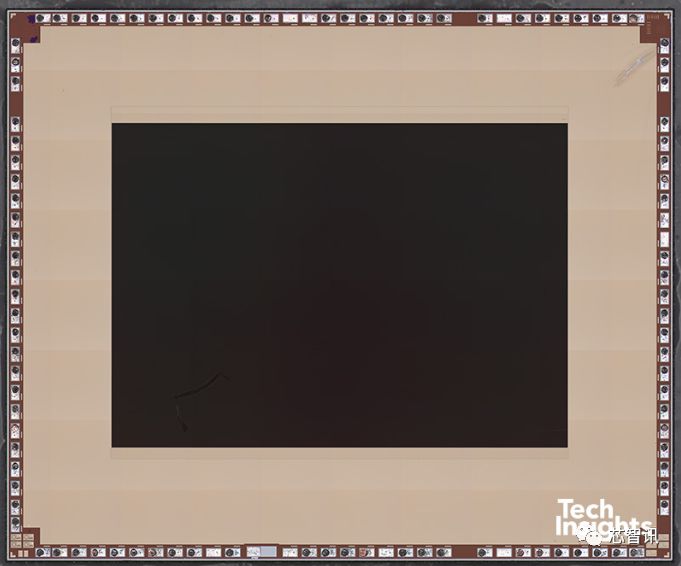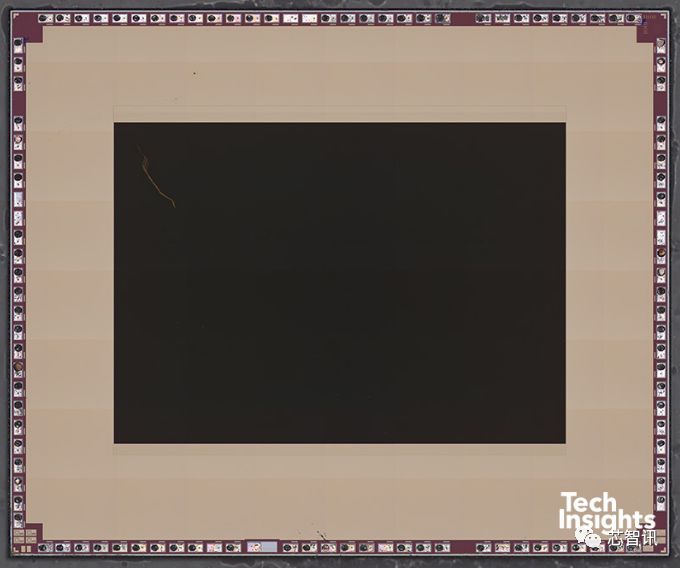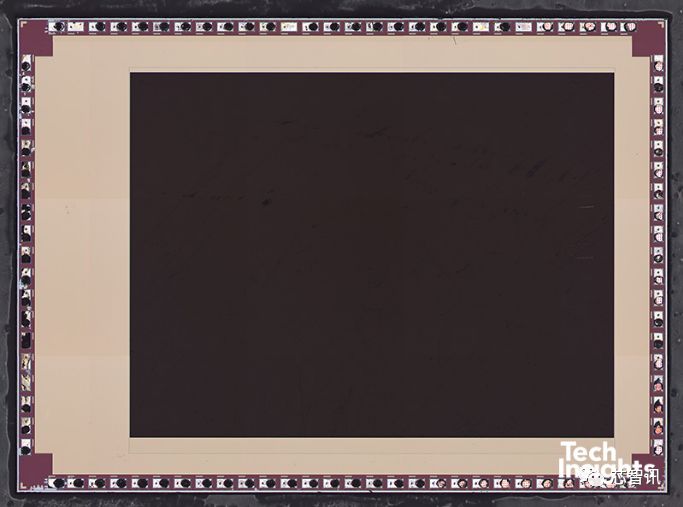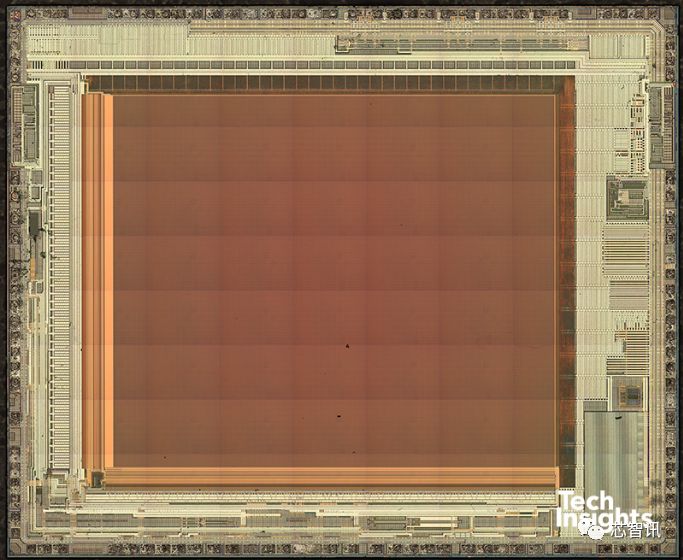The iPhone 3 Pro Max’s rear-mounted three-camera module has the highest ratio of total cost, reaching about 15%, at $73.5.
Editor’s note: This article is from the WeChat public account “Core Intelligence” ( ID: icsmart), the author of the core wisdom of the wave of the sword.
After the previous foreign professional dismantling organization iFixit dismantled the Apple iPhone 11 Pro Max, another foreign analyst firm, Techinsights, also dismantled the Apple iPhone 11 Pro Max. The main components were analyzed and the overall BOM cost was analyzed.
According to Techinsights’ analysis, the total BOM cost of the iPhone 11 Pro Max (512GB version) is $490.5 (rounded to the nearest $0.50), which is approximately RMB 3,493, which is only 27.5% of its national version of the price of 12,699 yuan. .
It can be seen that the cost of the rear three-camera module of the iPhone 11 Pro Max is the highest, reaching about 15%, which is $73.5. Followed by display and touch screen ($66.5) and A13 processor ($64).
The previous iPhone Xs Max (256GB version) had a BOM cost of about $453, and the iPhone 11 Pro Max (512GB version) increased by $57.5. And iPhone Xs MaxAmong the costs, the screen costs the most, at $90.5, followed by the A12 RF/baseband ($72), the flash chip (256GB version) for $64.5, and the camera cost of just $44.
▲iPhone Xs Max (256GB version) BOM cost
In other words, the new iPhone 11 Pro Max has seen a significant drop in screen and storage costs, but the cost of the camera, processor + baseband has increased dramatically. In particular, the cost of the camera has increased significantly by $29.5.
Apple A13 processor
The Apple A13 processor inside the iPhone 11 Pro Max disassembled by Techinsights is numbered APL1W85. The A13 processor and the Samsung K3UH5H50AM-SGCL 4GB LPDDR4X SDRAM package are packaged in PoP, which has the same 4GB DRAM capacity as the previous iPhone Xs Max.
It is worth mentioning that the iFixit disassembled iPhone 11 Pro Max is based on SK Hynix H9HKNNNCRMMVDR-NEH LPDDR4X memory chip.
The size of the A13 processor (die seal edge) is 10.67mm x 9.23mm = 98.48 mm2, which is 18.27% larger than the previous A12.
Samsung K3UH5H50AM-SGCL 4GThe B LPDDR4X SDRAM has four identical 1 y nm dies.
baseband
As expected, Intel provided the baseband chip for the iPhone 11, numbered. Based on the PMB9960, it may be an XMM7660 modem. According to Intel’s previously published data, the XMM7660 is based on the 14nm process and is the sixth-generation LTE modem that meets 3GPP Release 14. It supports speeds of up to 1.6 Gbps in the downlink (Cat.19) and up to 150 Mbps in the uplink.
In contrast, the previous iPhone Xs Max used the Intel PMB9955 XMM7560 modem, which supports up to 1 Gbps in the downlink (Cat.16) and highest in the uplink (Cat.15). Supports 225 Mbps.
Since Intel officially withdrew from the smartphone baseband chip business, this may be the last time we saw the Intel mobile chipset on the iPhone. Because Apple reconciled with Qualcomm at the beginning of this year and reached a new patent licensing agreement. In addition, in July this year, Apple also reached an agreement with Intel to acquire Intel’s baseband chip business for $1 billion. Therefore, next year’s new iPhone will be Qualcomm’s 5G baseband chip even if it is not Apple’s self-developed 5G baseband chip.
RF related devices
In terms of RF devices, the iFixit disassembly shows that the iPhone 11 Pro Max uses:
Avago8100 mid/high band PAMiD module
Skyworks 78221-17 Low Band PAMiD Module
Intel 5765 P10 A15 08B13 H1925 Transceiver
Skyworks78223-17 Power Amplifier
Qorvo 81013 Packet Tracking Module
Skyworks 13797-19 DRx Module
Techinsights disassembled the iPhone 11 Pro Max’s internal RF-related devices exactly the same.
Among them, the Intel PMB5765 is an RF transceiver that can be used with Intel modems.
Power Management IC
In terms of power management IC, iPhone 11 Pro Max has Intel 6840 P10 409 H1924 baseband power management IC with baseband chip; Apple’s own main PMIC 343S00355 (APL1092) designed for A13 Bionic; Apple 338S00510, Apple 338S00510; Texas Instruments TPS61280 battery DC / DC converter; STMicroelectronics STB601; Texas Instruments SN2611A0 battery charger, Samsung S2DOS23 display power management and so on.
▲Intel6840 P10 409 H1924 Baseband Power Management IC
UWB(U1) chip
It is particularly worth mentioning that the iPhone 11 series also includes a USI module, which is likely to contain the Apple U1 chip.
Apple said its newly designed U1 chip uses ultra-wideband technology to achieve spatial awareness, allowing the iPhone 11 Pro to pinpoint other Apple devices that are also equipped with U1. This is like adding another sensory power to the iPhone that will bring a lot of exciting new features. With the U1 chip and iOS 13, when you use the airdrop, just point your iPhone to someone else’s iPhone, the system will prioritize each other, allowing you to share files faster.
It can be understood that the U1 chip is similar to the W1 chip and the H1 chip that Apple used on the AirPods wireless earphone. It is a chip that provides space perception and more precise positioning.
Apple said that the first application to take advantage of this new chip is Apple’s AirDrop app. With the iOS 13.1 update coming on September 30th, AirDrop will be better with direction-oriented advice. You can point your iPhone to other people, and AirDrop will give priority to the device so you can share files faster.
Apple also said that it will launch more advanced applications based on this U1 chip in the coming months.
Memory Chip
Techinsights disassembled the 512GB version of the iPhone 11 Pro Max with the Toshiba 512 GB NAND flash module.
Wi-Fi / BT Module
The Wi-Fi/Bluetooth module of this iPhone 11 Pro Max is Murata 339S00647, and Techinsights speculates that it may be equipped with Broadcom Wi-Fi 6 / BT 5.0 wireless combination IC BCM4375.
NFC Module
NXP has once again won an order for the Apple iPhone with the new SN200 NFC&SE module.
Wireless charging chip
The wireless charging chip uses STMicroelectronics STPMB0 933ANH HQHQ96 170721G. This may also mean that Broadcom has lost orders for Apple’s iPhone wireless charging chip.
Apple’s 18W charger and four of its chips
The iPhone 11Pro Max comes with an Apple 172018W USB-C power charger. The device is rated for 5V/3A or 9V/2A.
Camera
iPhone 11 Pro Max is equipped with a rear three-shot for the first time, with a 12-megapixel wide-angle (f/1.8) lens + 12 megapixel telephoto (f/2.2) lens +120The 0-megapixel super wide-angle (f/2.0) lens is composed of 4x optical zoom.
The iPhone 11 Pro Max also integrates a Face ID based on 3D structured light and a 12 megapixel self-timer lens.
Techinsights said that Sony is still a supplier of four vision cameras for the iPhone 11 Pro Max. ST Microelectronics has been the supplier of infrared camera chips for the iPhone’s front-mounted optical modules for three consecutive years.
▲iPhone 11, iPhone 11 Pro Max camera details
▲12 MP Rear Wide Angle Camera Image Sensor Photo (Removed Filter)
▲12 MP Back Super Wide Angle Camera Image Sensor Photo (Removed Filter)
▲12 MP rear telephoto camera image sensor transmission photo (removed filter)
▲12 MP Front Camera Image Sensor Die Photo (Filter Removed)
▲1.4 MP Front Infrared Camera Image Sensor Dimensional Photo
Audio IC
Apple / Cirrus Logic 338S00509 audio codec and three Apple 338S00411 audio amplifiers.
Other
The iPhone 11 Pro Max is also based on the ST Microelectronics ST33G1M2 MCU, the NXP CBTL1612A1 display port multiplexer, and the Cypress CYPD2104 USB Type-C port controller.
Edit: Core Intelligence – Rogue Sword
Source:
https://www.techinsights.com/blog/apple-iphone-11-pro-max-teardown
https://www.techinsights.com/blog/apple-iphone-xs-max-teardown
